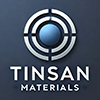Showing 1–12 of 32 results
-
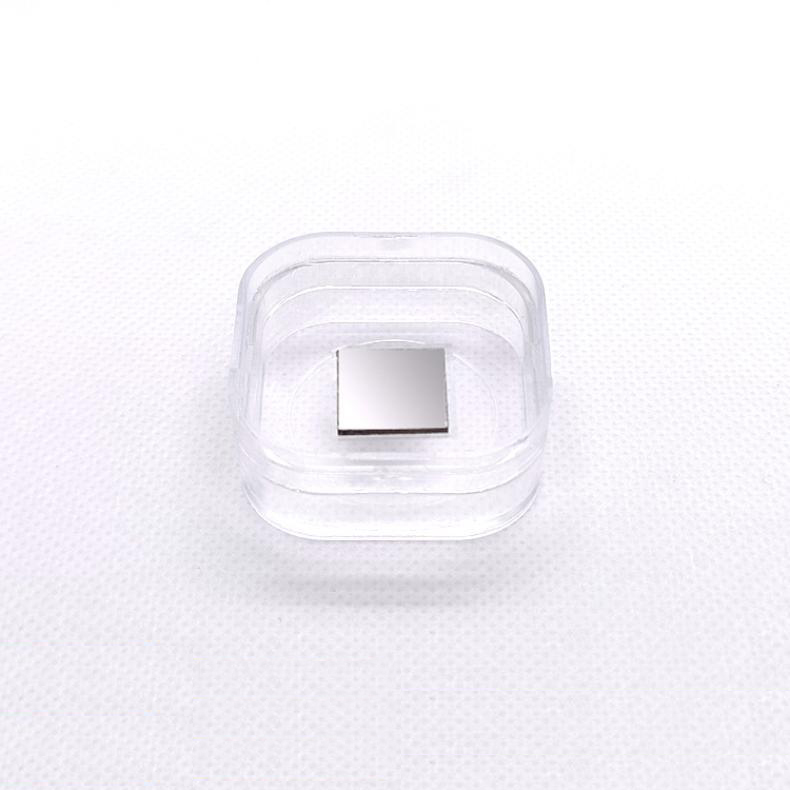
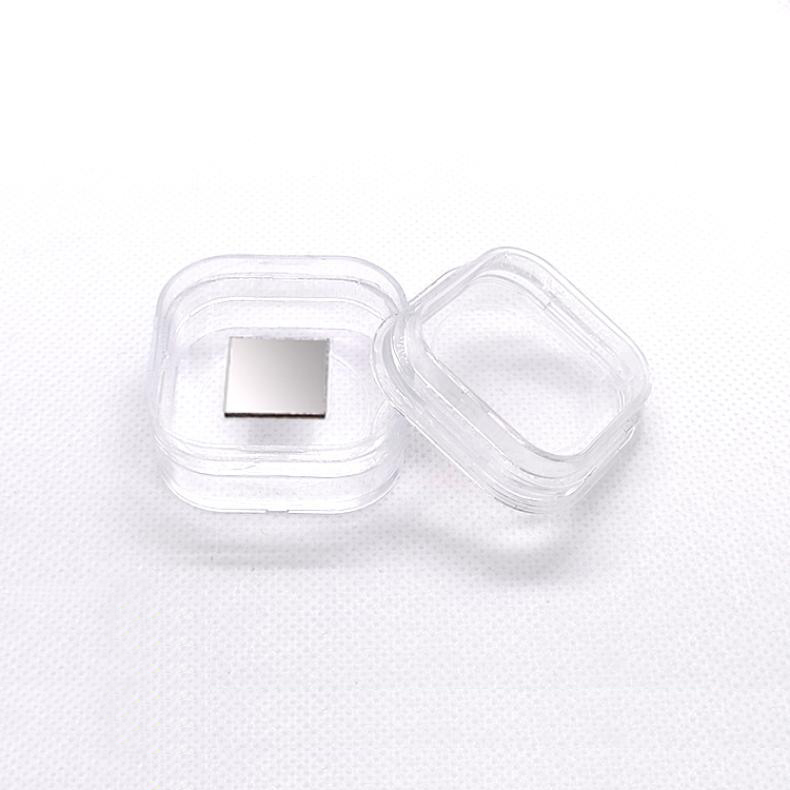
- Excellent Surface Flatness: Atomically smooth surfaces after mechanical and chemical polishing
- Superior Purity: Available with purity grades ≥ 99.999% (5N) for high-precision applications
- Outstanding Thermal Conductivity: ~235 W/m·K at 300K
- High Ductility and Malleability: Ideal for deformation and recrystallization studies
- Stable Oxide Layer: Natural formation of a thin Al₂O₃ protective layer
- Corrosion Resistance: Suitable for atmospheric and mild chemical environments
- Customizable Size and Thickness: From small squares to large diameter disks
-
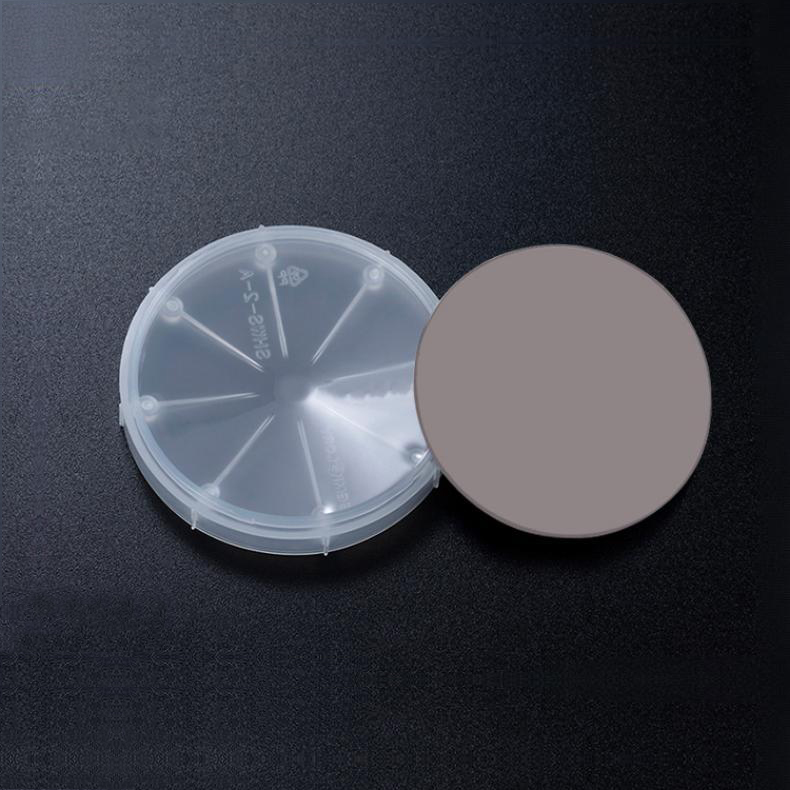
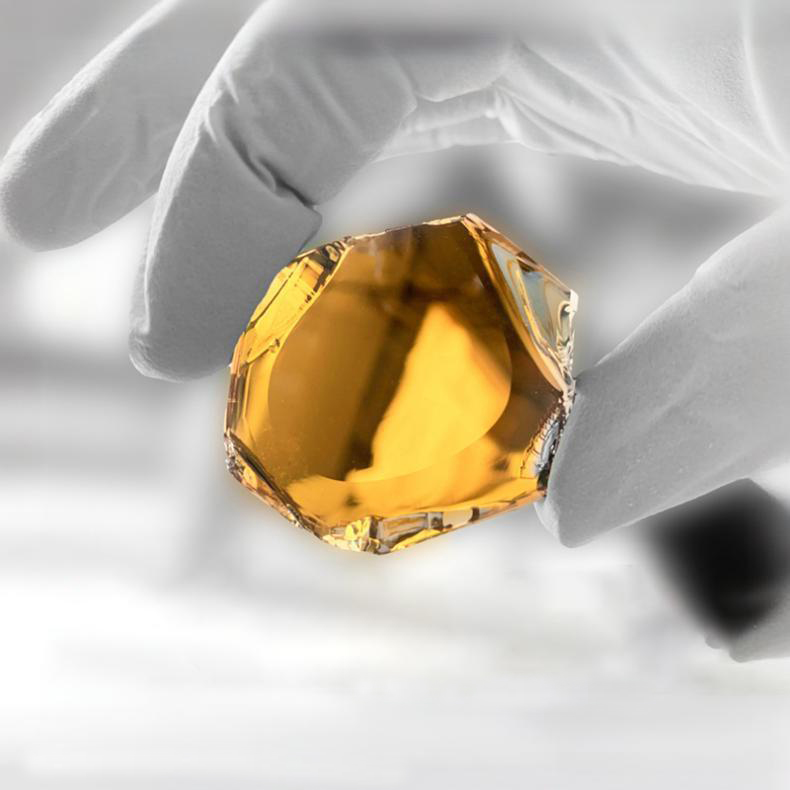
- Ultra-High Thermal Conductivity: Up to 285 W/m·K, comparable to diamond.
- Wide Bandgap: ~6.2 eV, ideal for UV optoelectronic devices.
- High Electrical Resistivity: Excellent insulation properties.
- Superior Chemical and Thermal Stability: Suitable for harsh environments.
- Low Dielectric Constant and Loss: Enables high-frequency applications.
- High Mechanical Strength and Hardness: Durable under mechanical stress.
- Perfect Lattice Match for GaN: Supports high-quality epitaxial GaN growth.
-
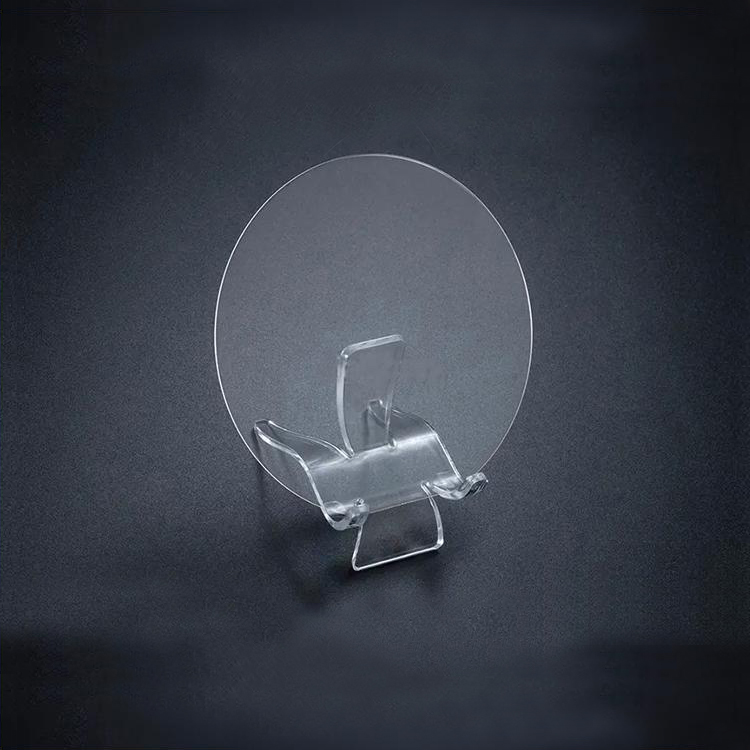
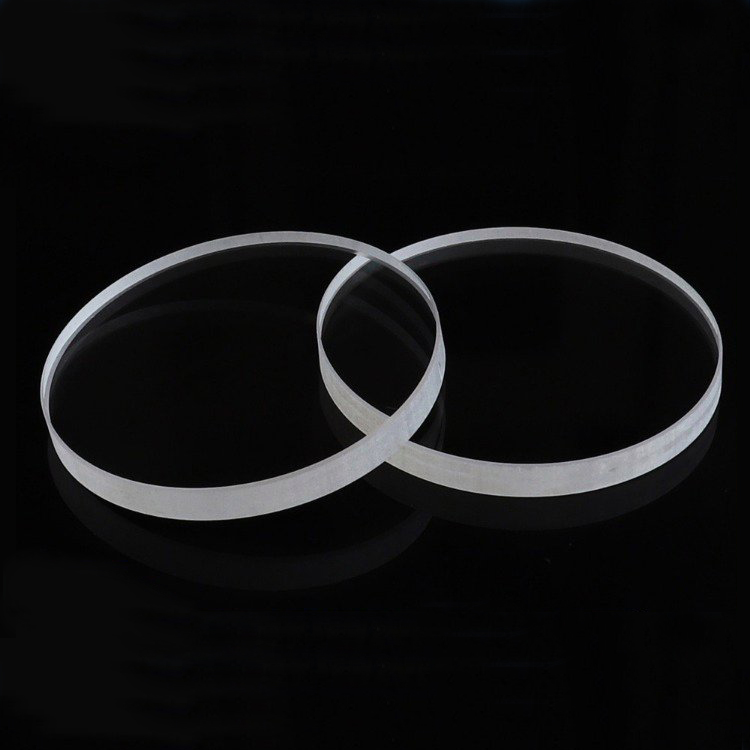
- Ultra-Wide Transmission Range (DUV to IR): 150 nm to 12–15 μm.
- Low Refractive Index: Minimizes reflection losses without extensive coatings.
- High Radiation Resistance: Suitable for high-radiation environments such as space and nuclear detectors.
- Low Dispersion: Excellent for optical systems requiring minimal chromatic aberration.
- Good Mechanical Properties: Higher fracture toughness compared to other fluoride crystals.
- Low Absorption and High Optical Quality: Especially critical in high-resolution spectroscopic systems.
- Compatibility with High-Energy Lasers: Due to high laser-induced damage threshold.
- Ease of Cleaving and Processing: Supports cost-effective manufacturing.
- Stable Physical and Chemical Properties: Good moisture resistance compared to other fluorides.
-
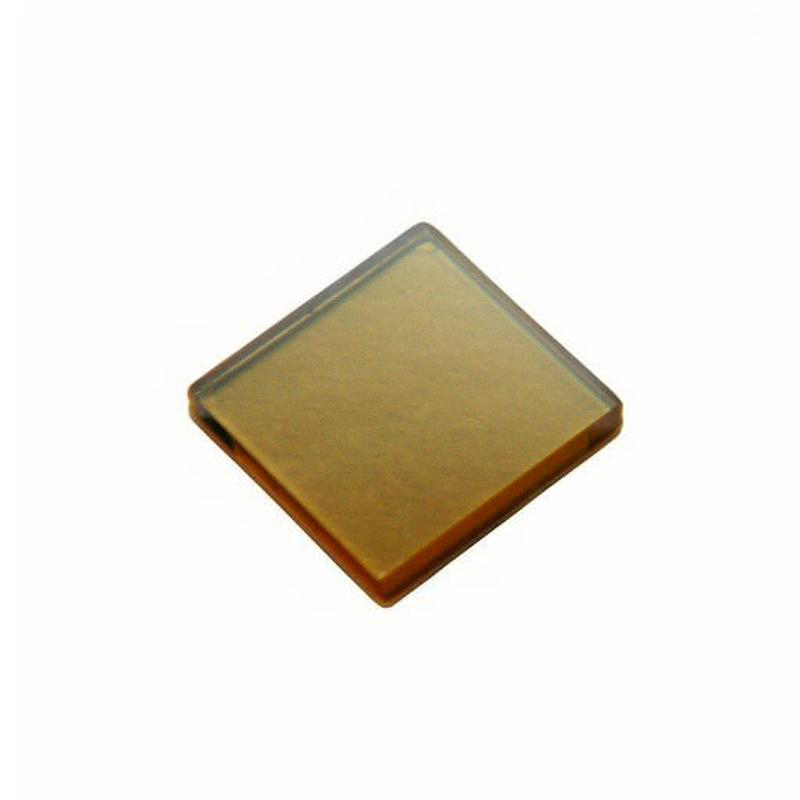
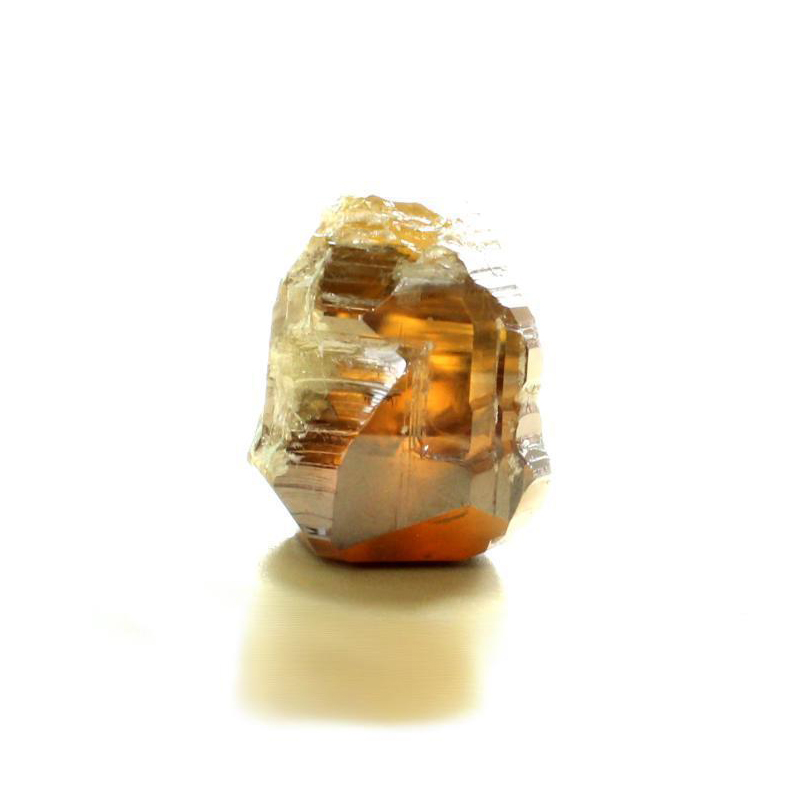
- Ferroelectric behavior with spontaneous polarization
- Extremely high dielectric constant (up to thousands near Curie temperature)
- Piezoelectric and electro-optic effects
- Cubic structure at high temperature, tetragonal below Curie temperature (~120°C)
- Suitable for integration with other perovskite materials
- Atomically smooth surfaces achievable for epitaxy
-
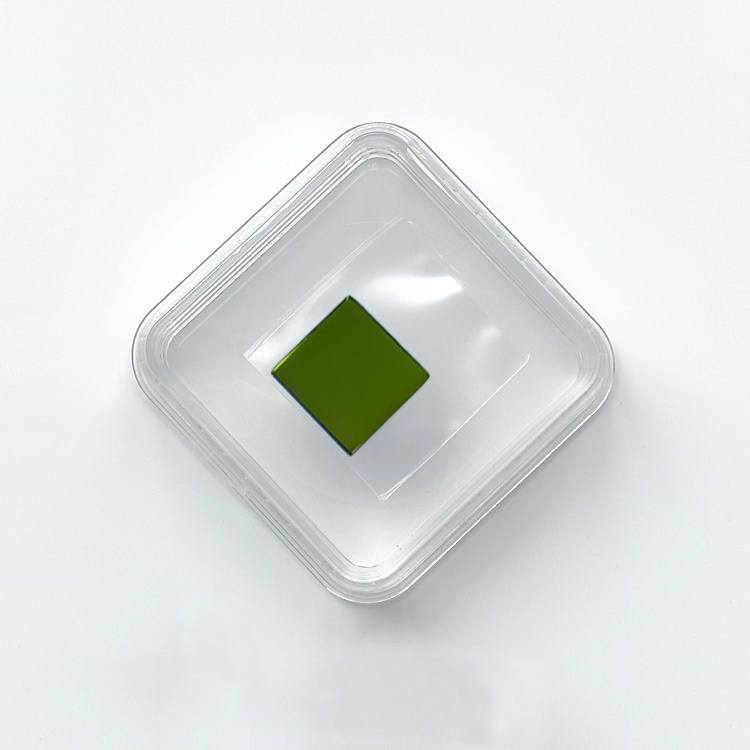
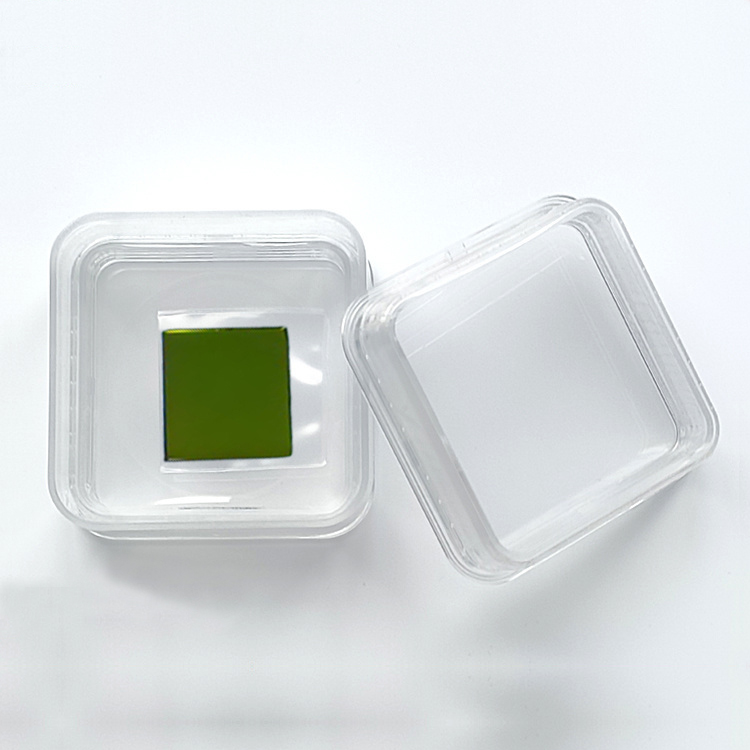
- High Electro-optic and Photorefractive Properties: Suitable for real-time holography and optical data processing.
- Cubic Crystal Structure: Isotropic optical properties, facilitating easier device integration.
- High Photoconductivity: Enhances photorefractive response and device efficiency.
- Broad Transparency Range: From ~450 nm to 7000 nm.
- High Optical Damage Threshold: Suitable for high-intensity light exposure.
- Excellent Thermal and Chemical Stability: Reliable under varied operating conditions.
-
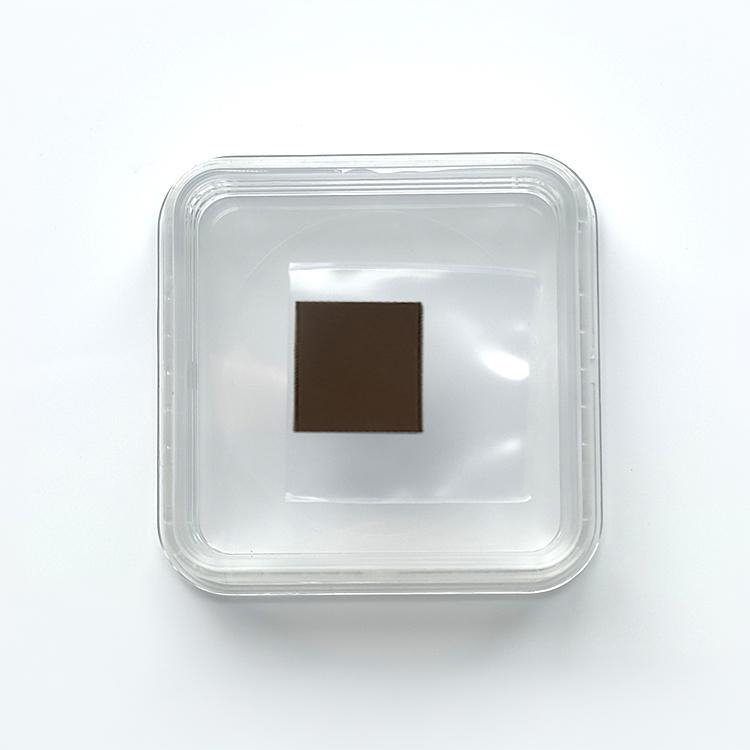
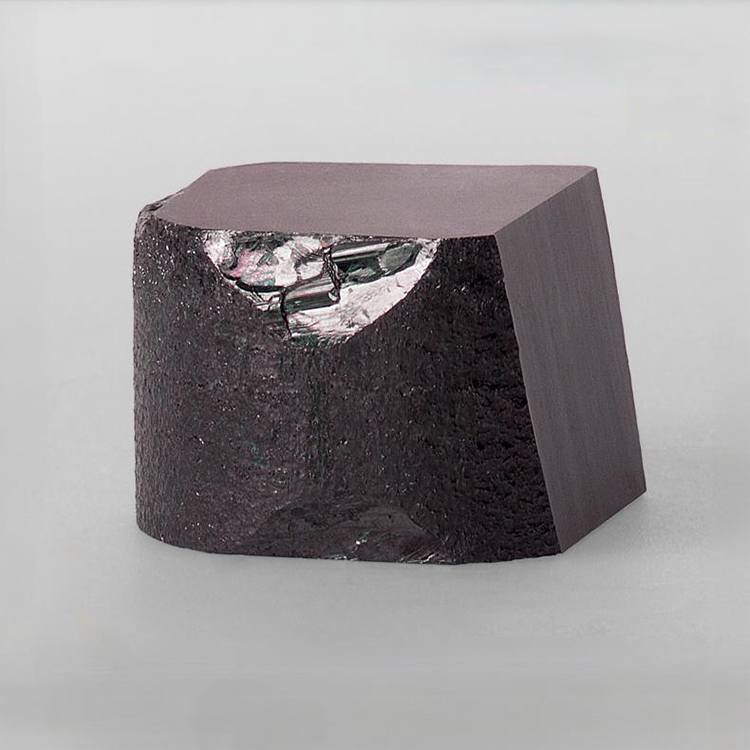
- Direct Bandgap Semiconductor: Efficient absorption and emission of light; excellent for photovoltaic and photonic applications.
- High Optical Absorption: Especially in the visible spectrum.
- Strong Nonlinear Optical Effects: Useful for laser frequency conversion and optical modulation.
- Broad Transmission Range: From visible to near-infrared (0.7–3 μm).
- Low Defect Density: Ensures better carrier mobility and device performance.
- Good Chemical Stability: Under controlled conditions, suitable for device encapsulation.
- High Quantum Efficiency: Critical for optoelectronic device performance.
- High Dielectric Constant: Beneficial for high-frequency electronic applications.
-
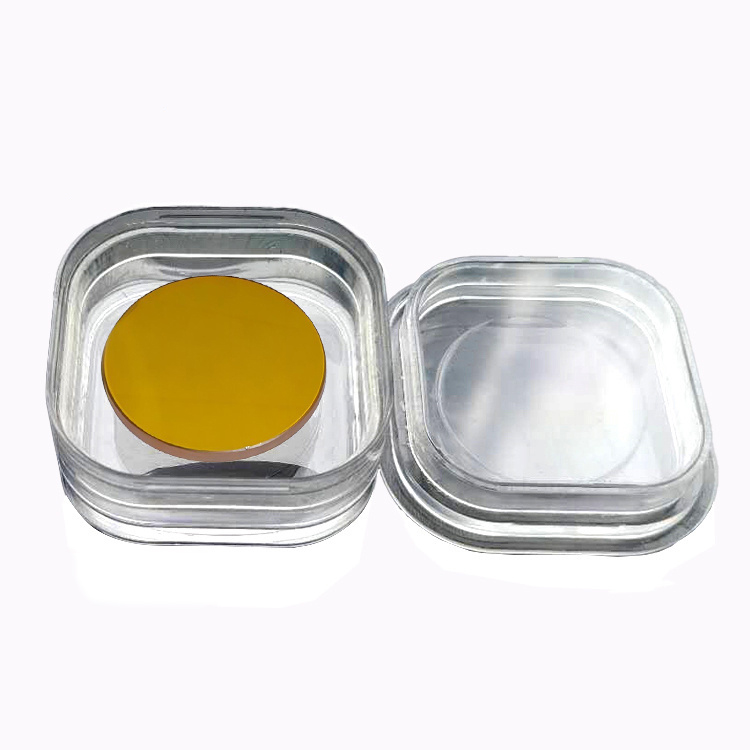

- Wide Direct Bandgap: ~2.42 eV at room temperature, ideal for visible light applications.
- High Optical Transparency: Strong transmission from UV to visible spectral range.
- Excellent Epitaxial Compatibility: Ideal lattice matching with other II-VI semiconductor materials.
- Good Electrical Properties: Suitable for device applications in photodetection and photovoltaic fields.
- High Crystallinity: Available with low defect densities and precise orientation control.
-
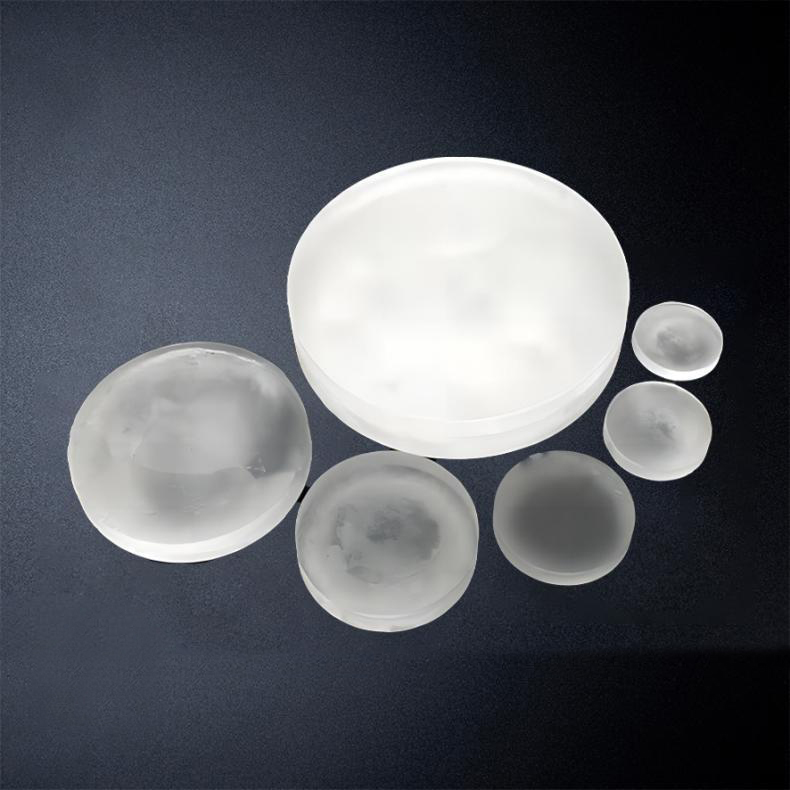
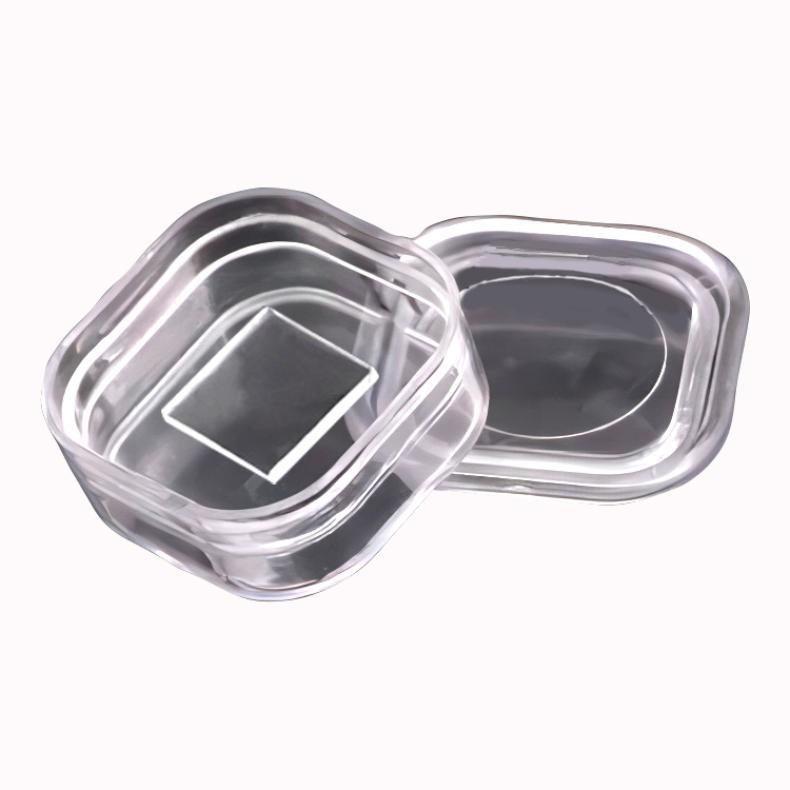
- Wide Transmission Range (125 nm–10 μm): Ideal for deep UV, visible, and IR applications.
- Low Refractive Index: Reduces need for anti-reflective coatings.
- Minimal Birefringence: Suitable for precision optical systems.
- High Laser Damage Threshold: Critical for high-power laser optics.
- Excellent Chemical Inertness: Resistant to water, many acids, and most solvents.
- Thermal and Mechanical Stability: Supports use in demanding environments.
- Low Absorption in UV and IR: Maximizes optical throughput.
- Compatibility with Epitaxial Growth: Suitable for specialized semiconductor processes (e.g., GaN on CaF₂ substrates).
- Low Scattering and High Surface Quality: Essential for high-resolution optical systems.
-
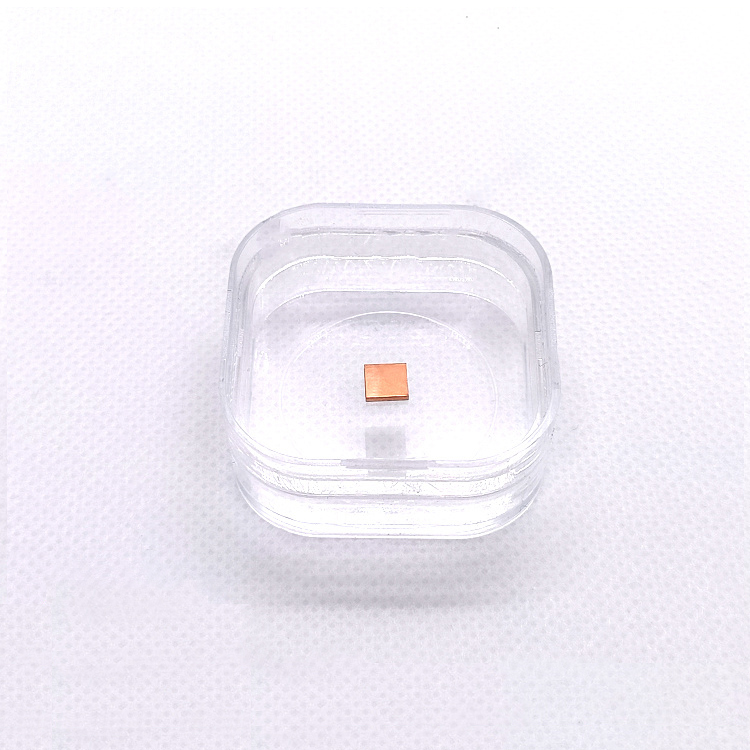
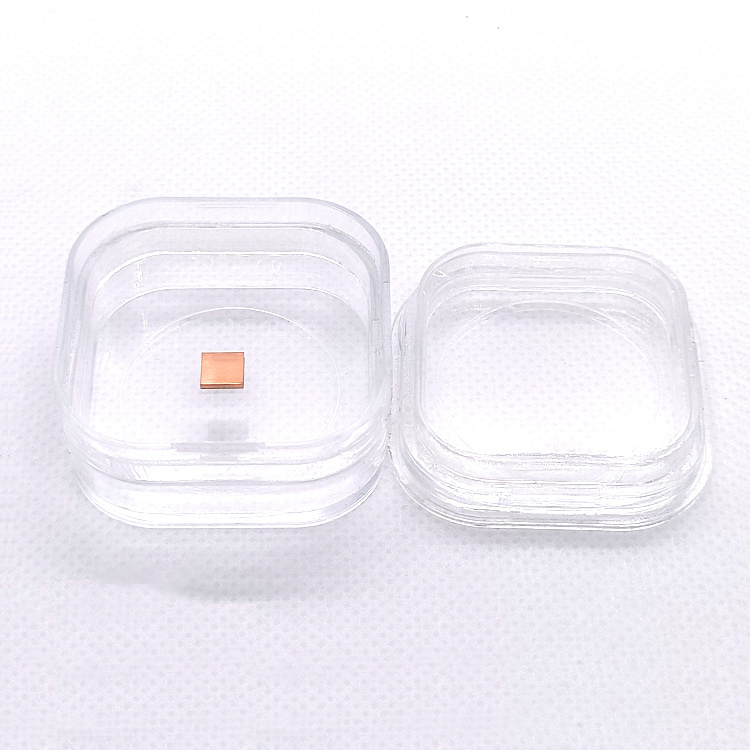
- High Electrical Conductivity: One of the highest among metals (~5.96×10⁷ S/m at 20°C)
- Excellent Thermal Conductivity: ~400 W/m·K
- Surface Smoothness: Atomically flat surfaces achievable after polishing
- Superior Purity Levels: Available in 99.999% (5N) or higher grades
- Stable Crystallographic Surface: Ideal for reproducible surface-sensitive experiments
- Low Surface Roughness: Ra < 5 Å achievable for polished samples
- Strong Corrosion Resistance: Protective native oxide layer forms naturally under ambient conditions
- Easily Customizable: Wide range of sizes, thicknesses, and orientations available
-
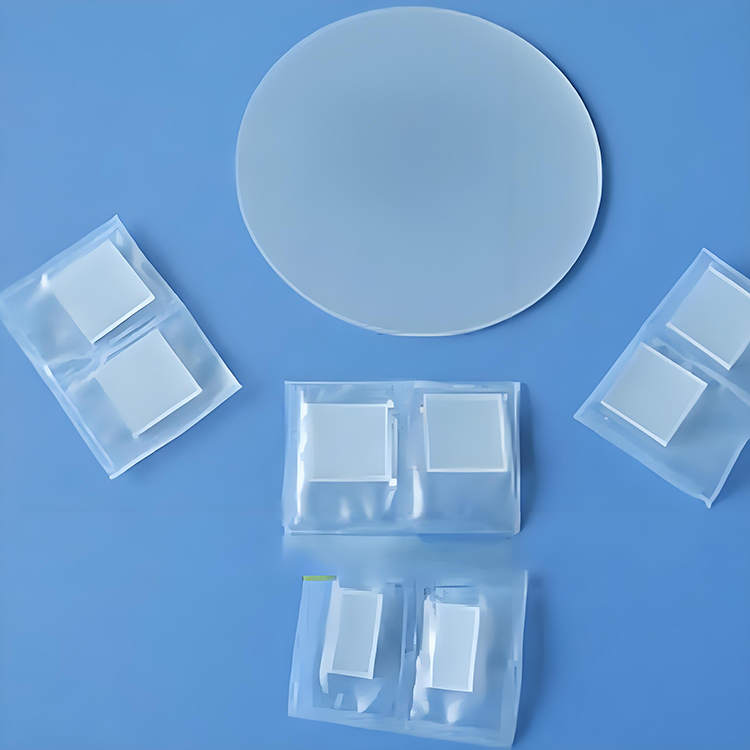
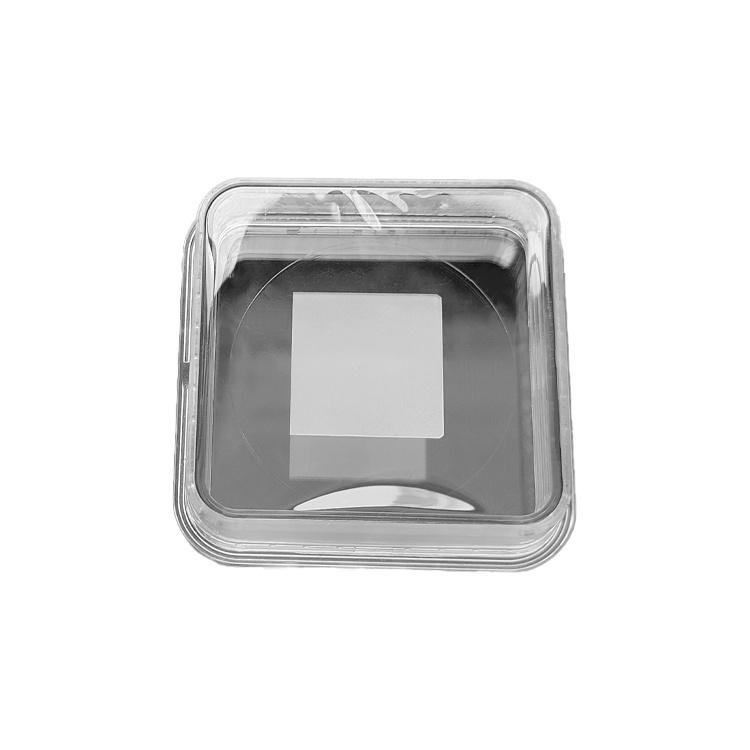
- Exceptional Electro-Optic Performance: Extremely high electro-optic coefficients enabling high-speed modulation and tunable devices.
- High Dielectric Constant: Useful for applications in capacitors and tunable microwave devices.
- Wide Transparency Range: Optical transmission from near-UV (~400 nm) to mid-IR (~5.5 μm).
- Tunable Refractive Index: Ability to electrically modulate optical properties.
- Low Optical Absorption: High transmission and low loss across the IR and visible spectrum.
- Precise Composition Control: Customizable Nb/Ta ratios (x values) to tailor ferroelectric and optical properties.
- Good Chemical Stability: Suitable for long-term operation in standard laboratory environments.
-
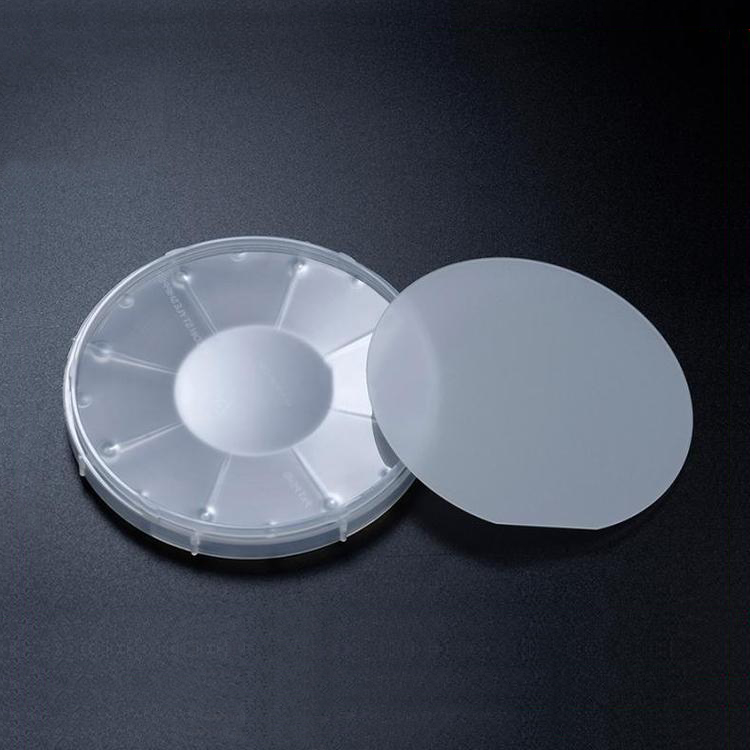
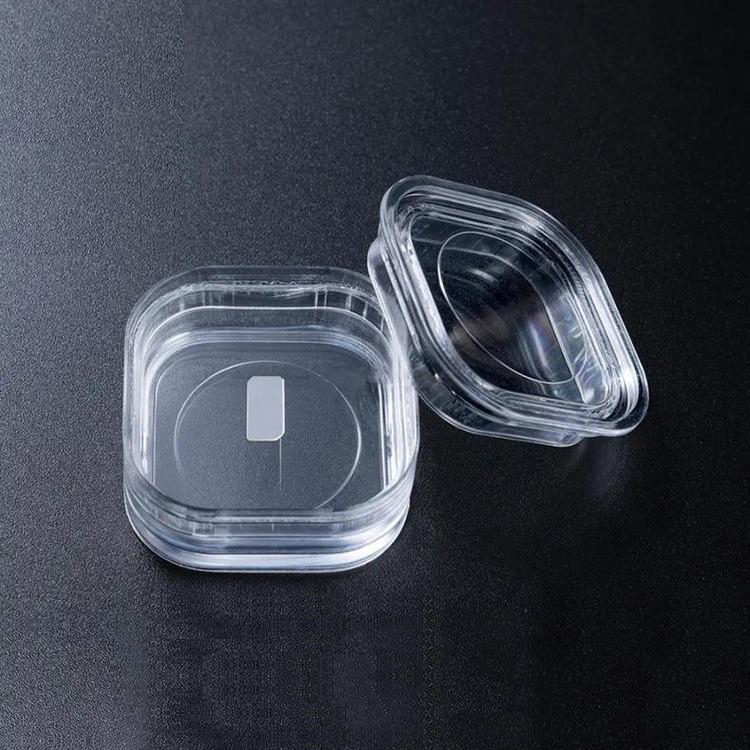
- Excellent Crystal Quality: Low dislocation density, high structural perfection.
- Ideal Lattice Match: Close lattice parameters with materials like YBCO, LSMO, PZT, and other perovskite oxides.
- High Thermal Stability: Suitable for high-temperature thin film deposition processes.
- High Dielectric Constant: Beneficial for microwave devices and tunable capacitors.
- Low Dielectric Loss: Ensures superior performance at high frequencies.
- Chemical Stability: Strong resistance to acids and bases.
- Atomically Smooth Surface: Achieved through advanced polishing and chemical etching processes.
-
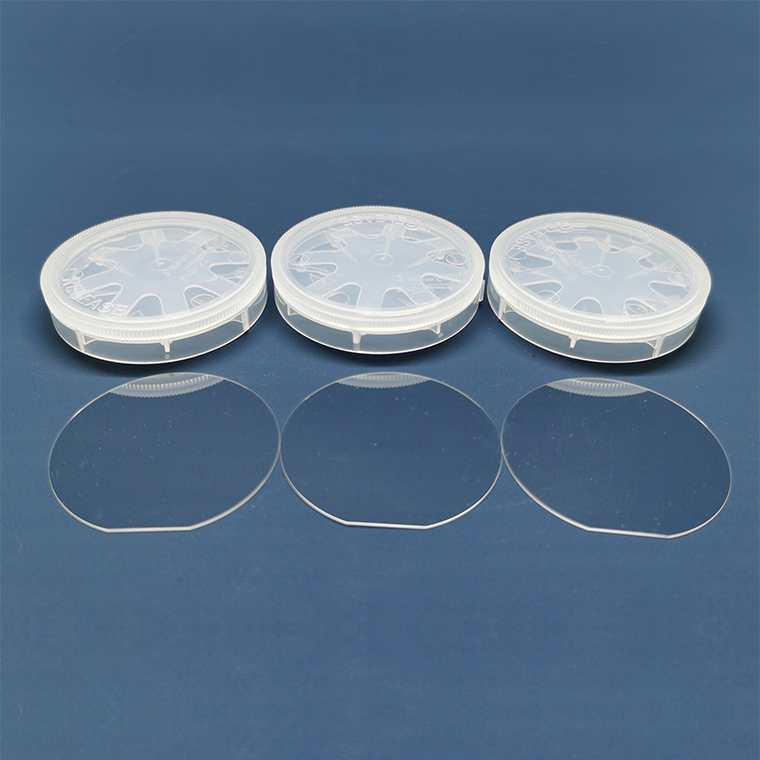
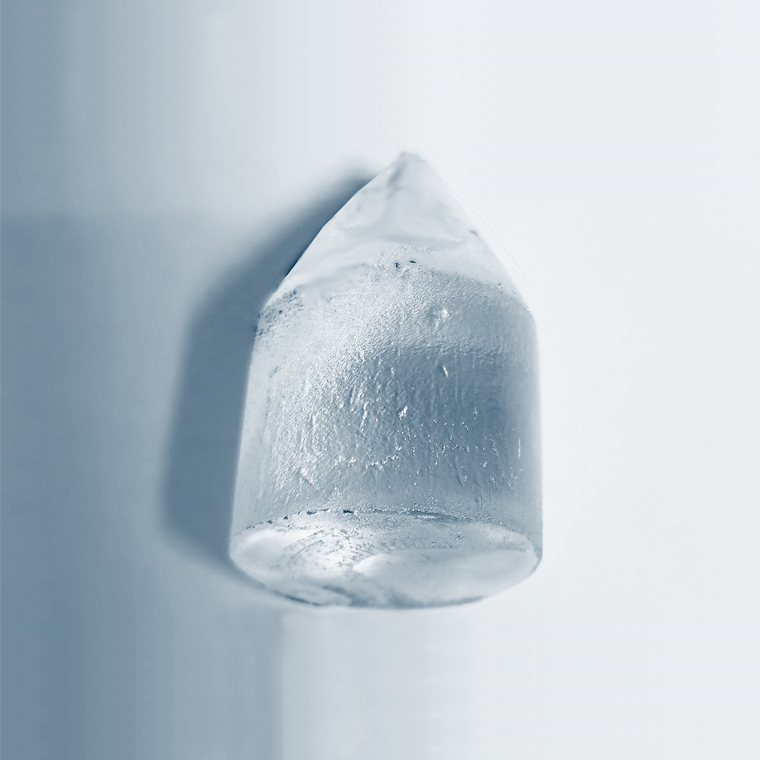
- High Thermal Stability: Excellent performance under high temperatures up to 1500°C.
- Wide Bandgap: Enables use in deep UV and high-power electronic applications.
- Superior Mechanical Strength: Resists thermal shock and mechanical stress.
- Excellent Lattice Match: Ideal substrate for GaN, AlN, ZnO, and other oxide semiconductor epitaxial growth.
- Low Dielectric Loss: Beneficial for microwave and RF device applications.
- Chemical Inertness: High resistance to acids, alkalis, and environmental degradation.
- Smooth, Defect-Free Surface: Essential for high-yield epitaxial growth and thin-film deposition.
